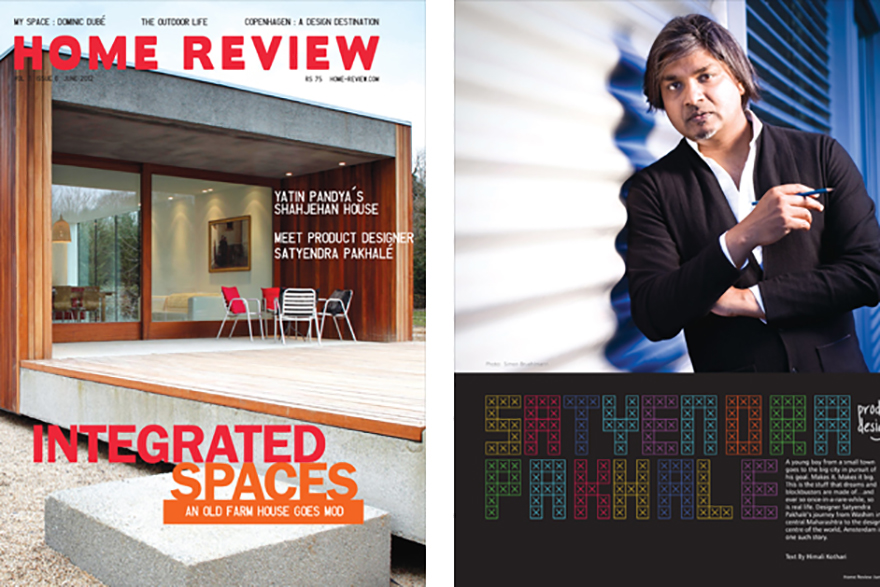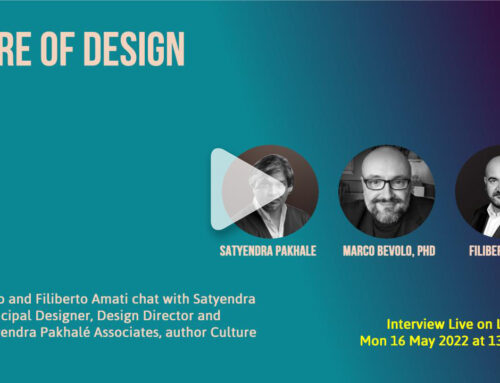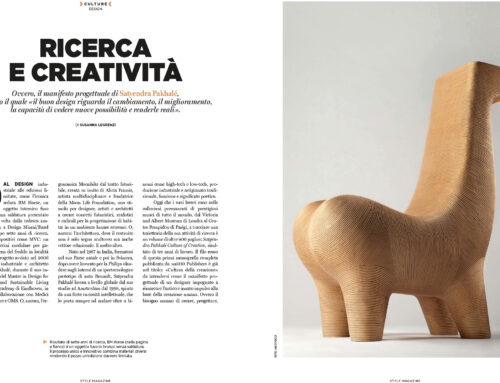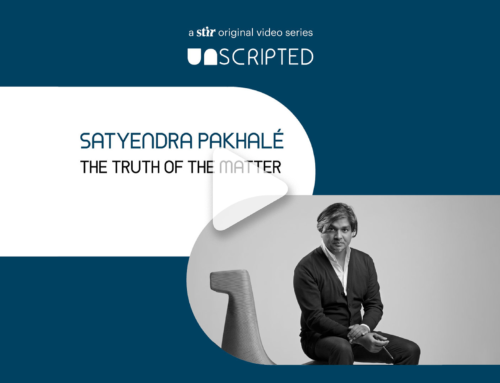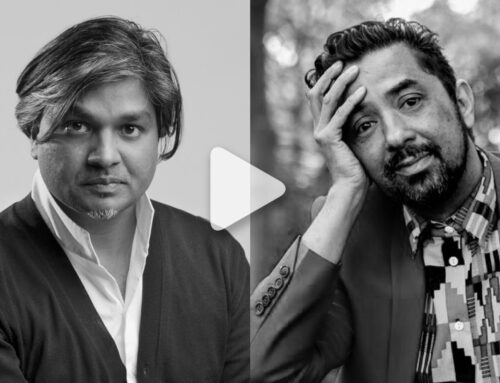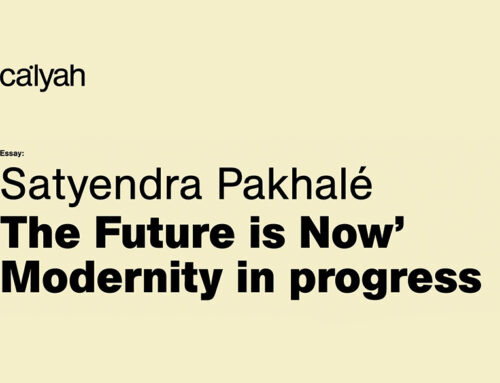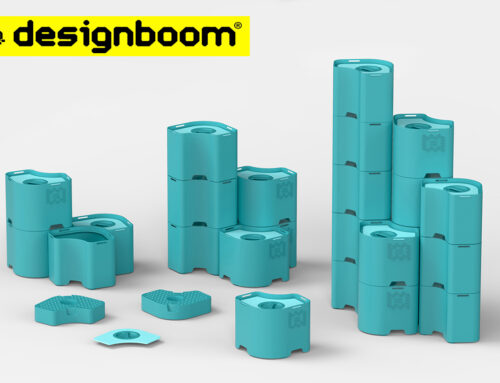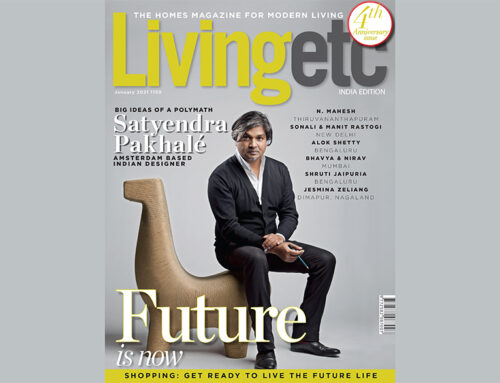A young boy from a small town goes to the big city in pursuit of his goal. Makes it. Makes it big. This is the stuff that dreams and blockbusters are made of…and ever so once-in-a-rare-while, so is real life. Designer Satyendra Pakhalé’s journey from Washim in central Maharashtra to the design centre of the world, Amsterdam is one such story. Mr. Pakhale took the first step towards his dream by procuring his admission at the IIT, Mumbai. Next, was the Art Centre College of Design Europe in Switzerland. In 2002, he had the first solo design exhibition of his works at Stedelijk Museum Amsterdam. And then, it was Modo, Milan, an architecture and design firm that published a monographic book of his oeuvre. From then on, it has been from one rung of the ladder to the next. His works occupy space in permanent collections of renowned museums like the Victoria & Albert Museum, London (UK), the Stedelijk Museum, Amsterdam (The Netherlands) and the Montreal Museum of Fine Arts, Montreal (Canada). For the past 15 years he has been working all over the world, with his studio in Amsterdam being the hub. He continues to stun the design world with his fascinating penchant for constantly exploring newer and expressions of his thoughts. Pakhalé’s creations articulate his expertise with different genres and materials. His chair modeled after the panther and another one after fish are fine examples of a comfort zone in modern- chic sensibilities. The add-on radiator and the Alinata shelving system, on the other hand, are as relevant in the beauty of their design as in the ingenuity of their use. Some ceramic pots (Kalpa), glazed white, joined at the hip prove to be a piece of art as well as a conversation starter, as does the massive and vibrant Alcantara. Mr. Pakhale’s ability to re-invent himself also stems from not restricting himself to one discipline. Besides, product design, architecture and industrial design, he has also waved his magic wand over shop displays metamorphosing them into exhibits, something he did for the outlets of TOD’s, the high-end brand for shoes and bags.How does he continue to innovate? To produce pieces that are as much statements of art as ingenuous in their practical use? How does the mind that produces a chair inspired by the poetic analogy of a horse also create a grid of hexagons to serve as a shelving system? The answer lies in his approach to his work, “Design philosophy is to not have a fixed notion or an attitude, or a rigid traditional approach, but to challenge one’s thinking all the time, cultivating the mind and making each project more refined; simply stated, going deeper and deeper and above all creating work that is human. My favorite creation is always the one I am working on presently and it is different every day.” It is little wonder then that Mr. Pakhalé has worked in a wide range of disciplines with various international design manufacturers. Surely an inspiration to design enthusiasts the world over, but what is it that inspires him personally? He answers, “A visionary mindset, a cultivated mind and an unlimited source of curiosity is what inspires me. One idea leads to another and one project leads to another and that in itself is an inspiration.” And what about his own favorite designer? “There are many not just one, but Issey Miyake comes at the top of the list. To me he is an industrial designer, who happens to be working in the field of fashion design. He has consistently innovated and has created a body of work that is universal yet deeply Japanese at the same time.”
Mr. Pakhalé draws from diverse cultural connections to bring a fresh set of perspectives to his designs each time. He goes on to clarify, “Everything is changing and evolving all the time, let alone design. What I am interested in, is seeing more plural expressions in the design world, very many different voices coming from very many places and cultures.” Mr. Pakhalé’s genius in synergizing new applications of materials with modern technologies gives his designs a universal appeal and places him amongst the most prominent international designers today. His plans for the future? To design mass producible, technically challenging products and architecture.
